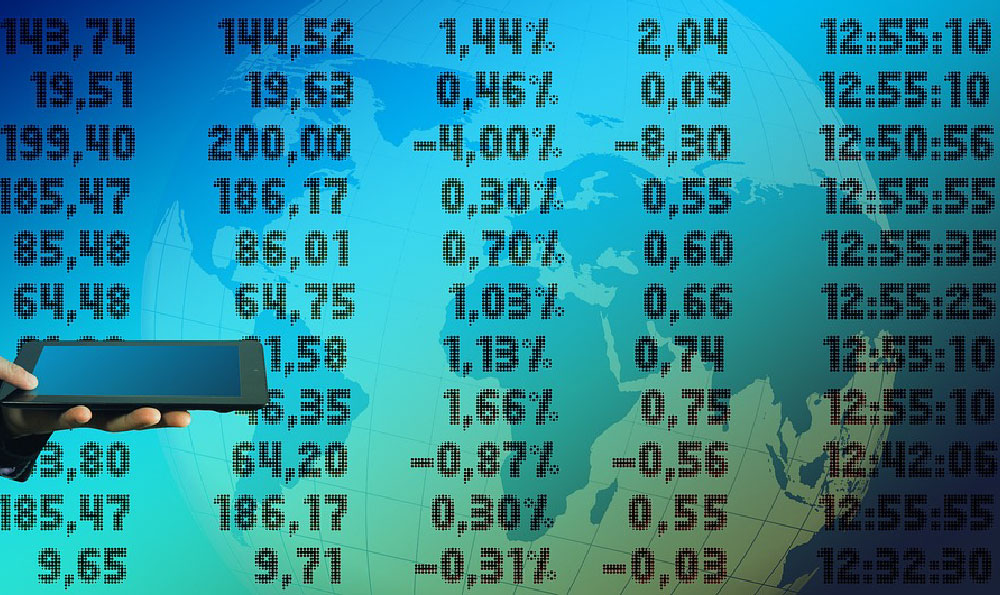Forex trading, the practice of buying and selling currencies in the foreign exchange market, offers both opportunities and challenges for individuals seeking to generate income through financial instruments. For beginners, the path to success is often obscured by complex terminology and the vast array of strategies available, which can lead to confusion or premature investment decisions. To navigate this landscape effectively, it is essential to start with a foundational understanding of how the market operates before delving into specific tactics. The foreign exchange market, being the largest and most liquid financial market globally, functions 24 hours a day, five days a week, and is influenced by a multitude of factors including geopolitical events, economic data releases, and shifts in investor sentiment. Unlike stocks or commodities, forex trading involves the simultaneous exchange of two currencies, and its primary appeal lies in the flexibility of trading pairs across different regions and the potential for leveraging small capital to amplify returns. However, the same leverage that can magnify profits also has the power to accelerate losses, a fact that underscores the importance of developing a disciplined approach early on.
Beginners should prioritize educating themselves about the mechanics of forex trading before committing funds. This includes familiarizing with the basics of currency pairs, such as EUR/USD or GBP/USD, and understanding the role of central banks in shaping exchange rates through interest rates and monetary policies. It is also crucial to grasp the concept of leverage, which allows traders to control larger positions with a fraction of the capital, but must be used with caution due to the heightened risk of margin calls. The challenge for newcomers is to balance ambition with prudence, avoiding the trap of overexposure that often leads to catastrophic losses. As such, starting with small capital and gradually increasing exposure as proficiency grows is a prudent approach.
The process of developing a trading strategy begins with identifying a consistent approach to market analysis. Technical analysis, which examines historical price data and chart patterns, is a popular starting point for beginners. Simple tools like moving averages, support and resistance levels, or the relative strength index (RSI) can help identify potential entry and exit points. For instance, a trader might look for a currency pair breaking above a key resistance level while the RSI indicates overbought conditions, signaling a potential reversal in the trend. Conversely, a pair trading below a support level with an RSI suggesting oversold conditions may present a buying opportunity. However, technical analysis must be combined with a strong understanding of market context to avoid false signals.

On the other hand, fundamental analysis involves evaluating macroeconomic indicators and geopolitical factors that influence currency values. For beginners, this requires tracking key economic data such as inflation rates, trade balances, and employment figures, as well as monitoring central bank decisions. Understanding the connection between economic performance and currency movements is vital, but it can be overwhelming for those new to the field. For example, a weak GDP report in a major economy may lead to a decline in its currency, while positive trade data might prompt appreciation. The challenge here is to interpret these signals accurately, which often demands extensive research and time.
Regardless of the chosen strategy, the cornerstone of successful forex trading is rigorous risk management. This includes setting stop-loss orders to limit potential losses, avoiding overtrading, and maintaining a diversified portfolio. A stop-loss order, for instance, automatically closes a trade if the market moves against the trader’s position by a predetermined amount, protecting capital from significant downturns. Additionally, beginners should avoid using excessive leverage, as this can lead to margin calls even in volatile markets. Diversification helps mitigate risk by spreading investments across different currency pairs and timeframes, reducing the impact of a single trade going wrong.
Another critical aspect is the development of a trading plan, which outlines entry and exit rules, risk tolerance levels, and emotional controls. A well-structured plan ensures that traders make decisions based on strategy rather than impulse, which is particularly important in the fast-paced forex environment. For example, a trader might decide to enter a trade only when a certain technical pattern is confirmed, and to exit after a specific profit target is reached. This level of discipline helps avoid the pitfalls of reactive trading and emotional decisions.
The journey of forex trading is not solely about financial gains; it also involves personal growth and adaptability. Markets are inherently unpredictable, and even the most experienced traders encounter losses. The key is to view these experiences as learning opportunities rather than failures. This mindset encourages continuous education and adjustment of strategies based on market feedback. Moreover, maintaining a healthy work-life balance is essential, as the pressure of constant market monitoring can lead to burnout and poor decision-making.
In summary, making money through forex trading requires a blend of education, strategy, and discipline. Beginners must start by understanding the market’s fundamentals and mechanics before exploring advanced techniques. A solid risk management framework, combined with a well-defined trading plan, provides the necessary structure to navigate the complexities of the forex market. However, success is not guaranteed, and the importance of patience, adaptability, and emotional control cannot be overstated. By approaching forex trading with a long-term perspective and a commitment to continuous learning, newcomers can lay the groundwork for a sustainable and profitable journey in this dynamic financial realm.












